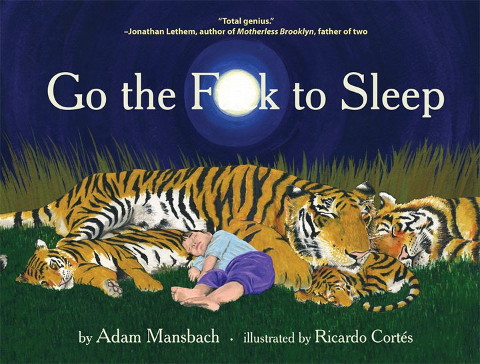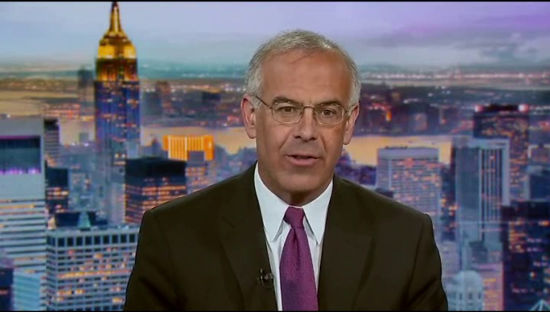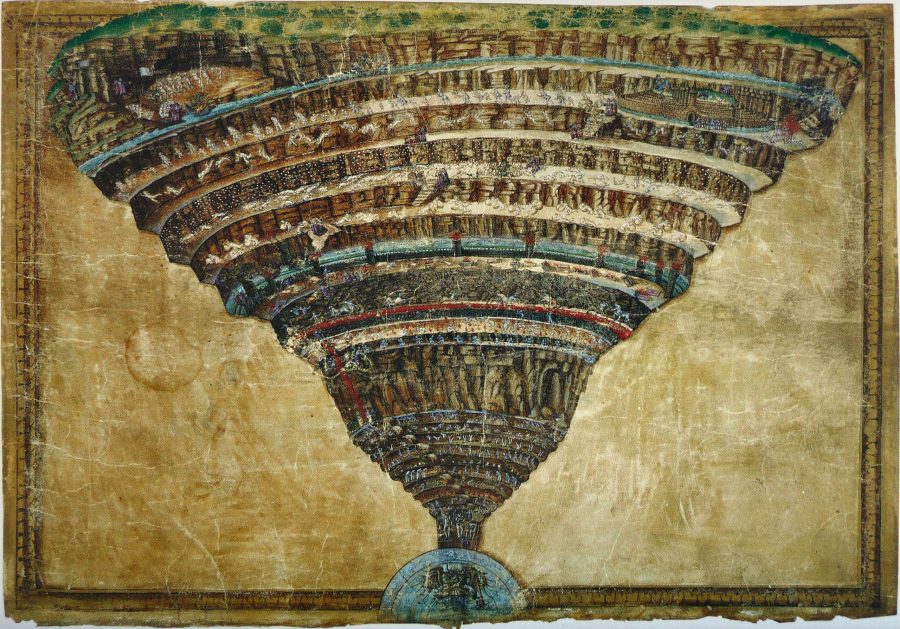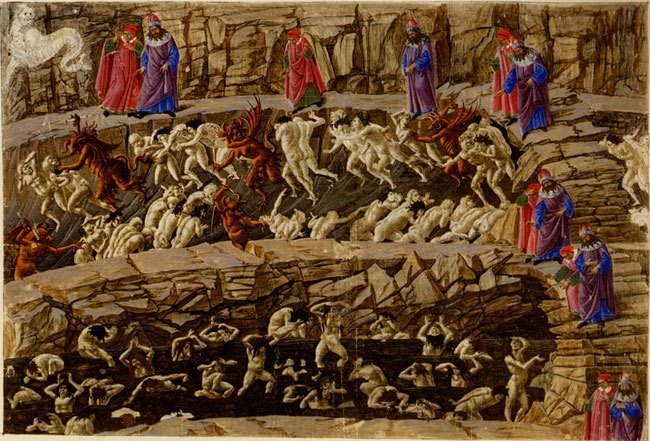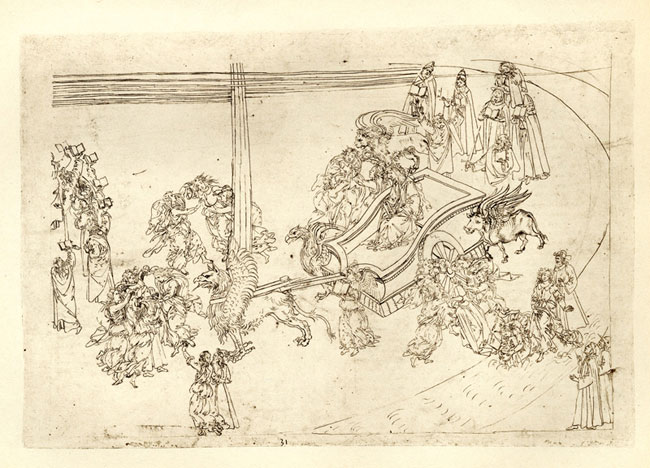To paraphrase an acquaintance’s tribute to Rik Mayall (legendary British comedian who died yesterday at age 56), the cult comedy The Young Ones turned a generation of American misfits into Anglophiles before they’d ever set foot in Britain. I was one of those kids, staying up late to catch the riotously slapstick show about four slacker roommates who mercilessly abused each other to insane degrees while attending “Scumbag College.” Featuring musical appearances by British alternative heroes like Madness, Dexys Midnight Runners, Motörhead, and The Damned, the show only ran for 12 episodes, but it had an enormous influence on both sides of the Atlantic as a Monty Python for absurdist post-punk 80s brats.
Mayall co-created and co-wrote the show, and his anarchic gallows humor permeated every episode. He later went on to write and/or star in sitcoms Bottom and The New Statesman, and had a beloved, if brief, role in the Rowan Atkinson comedy Blackadder. Shortly before his death, Mayall voiced the animation above, “Don’t Fear Death,” for Channel 4. Written and produced by Louis Hudson and Ian Ravenscroft, this perfect vehicle for Mayall’s snide sensibilities explores “the benefits of being dead,” including never having to “waste one more single, soul-crushing hour in your mindless dead-end job.” Luckily for his fans, Mayall avoided that horrible fate and instead created some of the most memorably obnoxious characters in British comedy history, although writer Laurence Marks tells the BBC he was “the antithesis” of those characters, “a quiet, polite, caring gentleman.”
See Mayall below do an early version of his Young Ones character in a classic 80s stand-up routine .
Related Content:
New Animated Film Tells the Life Story of Monty Python’s Graham Chapman
Josh Jones is a writer and musician based in Durham, NC. Follow him at @jdmagness.
